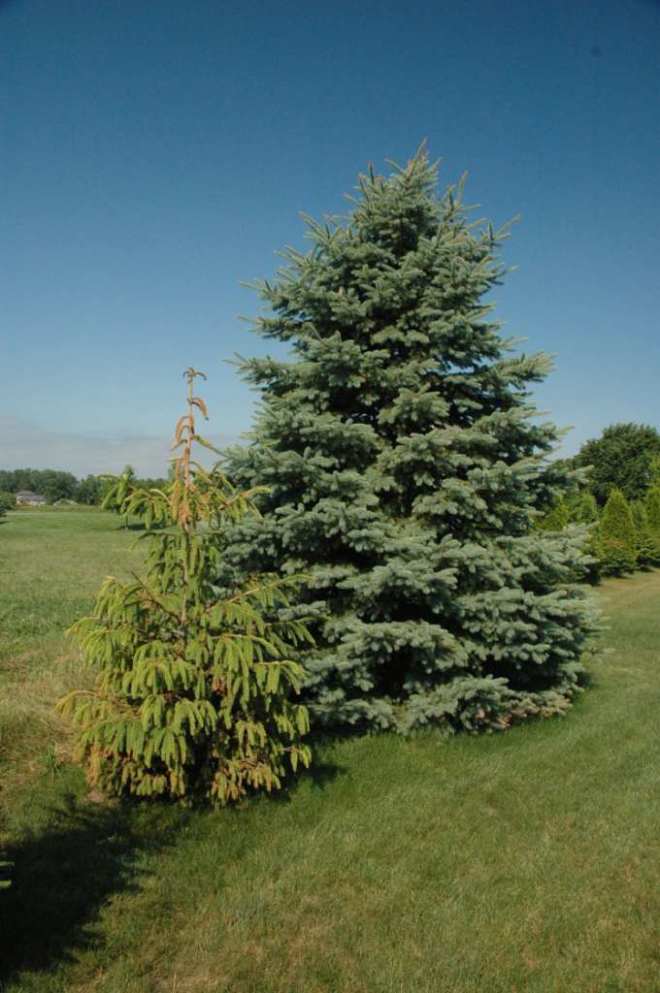I’ve been to Chicago before, but mostly on business. It always seemed nice though, so, last week I went with my family and, for the first time, I had the chance to look at some of the sights. Navy Pier – overrated. Shedd aquarium – met expectations. Chicago style pizza from Giordanos – so much better than I expected. Chicago hotdogs – damn good, but not equal to Chicago pizza. The Field Museum – TERRIBLY UNDERRATED. I just loved the Field museum. There were all kinds of fantastic displays on everything from whales to evolution. There was also a great display on plants. The information in the display was spot on, but this was definitely one of the simpler displays at the museum. In fact, to be honest, it seemed a little bit like the display cases were made in the 1950s or 60s. That said, there was a lot of room for the display to spread out across, after all, this is, supposedly, a major attraction for the museum.
The thing is, no one was there. It was freaky. My wife was taking the kids to another display hall (one more suited to younger kids where they could actually play with stuff), and so I went to the plant display by myself. My feet echoed across the halls as I walked down the corridor. When I turned around to look at the direction from whence I came it felt like a movie where I was walking in a hallway from the fifties and everyone outside was hustling and bustling in the 21st century. When I turned a corner in the hall there was a guy apparently passed out over his laptop. This was the only living person that I saw while visiting the display — and he obviously had no interest in plants – at least not when I saw him (Truth is, for all I know he was dead. The next day I felt guilty for not checking his pulse to make sure he was really alive). And, based on this photo from someone on flickr, I’m not the only one who has seen this exhibit empty.
Is this the interest that people have in plants today? How sad. No wonder we’re losing horticulture departments. But on a livelier note, I’ve been such a downer the last few posts that I promise I’ll provide something a little happier next week!










 Leaf tip and marginal necrosis from chronic drought stress
Leaf tip and marginal necrosis from chronic drought stress

